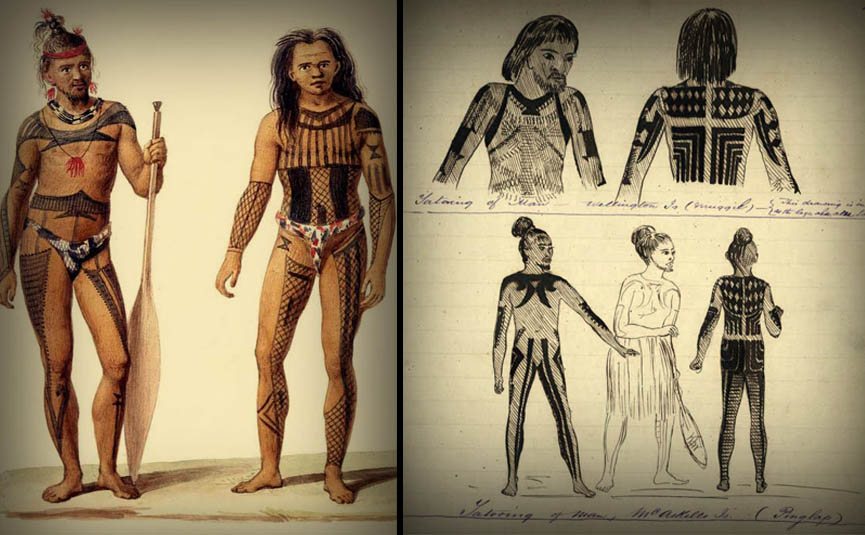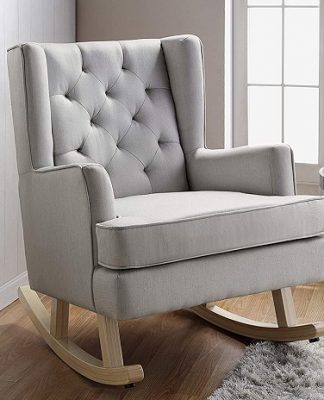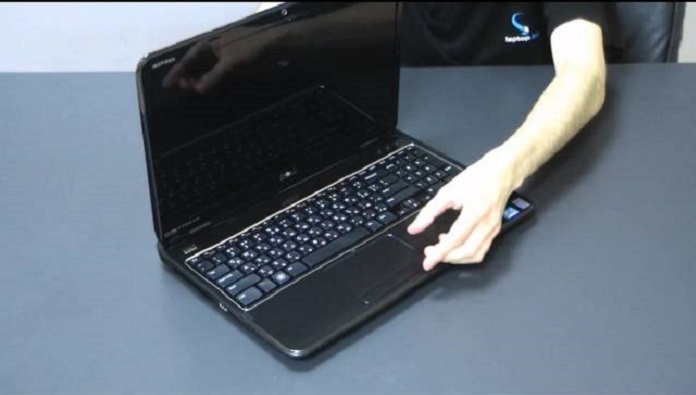When you’re proudly stepping into the wonderful world of owning a pet, you’re imminently aware of the fact that your furry friend will need to be groomed. While they do bring a lot of joy and love into our lives, they can also turn themselves into a shedding, muddy mess sooner than you think. No amount of cuddles can erase the fact that our beloved pets need to be taken to the groomers and given some good old-fashioned love in the form of a trim.
Even if you want to take matters into your own hands and do the job yourself, you’re going to need some durable and reliable pets grooming clippers. Not only is this an integral part of making your home more dog-friendly or turning it into a cat sanctuary, but it also ensures that your pet feels comfortable and looks good too.
What Kind of Clippers Do Groomers Use?

The exact make and model that various groomers use may depend on the specific animal, the application, and personal preference. In general, though, there are four main types that are seemingly the most convenient and functional options out there:
Corded Clippers
Starting off with the good ol’ corded variety, these traditionally give the most power and strength simply because they’re directly connected to a power source. Although you may not have as much freedom of movement when using them, their performance is usually more consistent and dependable.
Cordless Clippers
On the flip side, cordless models offer more convenience and manoeuvrability. As with any other battery-powered device, you inherently have more flexibility and freedom of movement thanks to their cleverly designed portability. However, it’s important to make sure that the battery holds enough charge for a full grooming session before you start, lest you be stuck between a rock and a hard place.
Mini Trimmers
If you’re looking to do more delicate trimming, these are the way to go. Most of the time they’re used for details work such as on a cat’s whiskers, or around the eyes and mouth of a dog. Though they don’t offer as much power, their smaller size is much more suited for precision cuts, which means they have the ability to go where other clippers can’t.
Multi-Speed Clippers
Finally, multi-speed versions offer the best of both worlds. As their name implies, they can be adjusted to different speeds depending on the task at hand. This is incredibly useful for when the animal’s fur is thicker or coarser since you can start out slow and gradually increase the speed until it’s been properly trimmed to perfection.
Key Factors to Consider

While the most common types of pets’ grooming clippers bring their own set of perks in terms of convenience and manoeuvrability, there are several aspects that make up their overall functionality. As such, they bring subtle nuances to the general performance of the device, which can ultimately affect the results you’re after.
Power and Speed
While multi-speed models offer the greatest level of control over the trimming process, they can be a bit tricky to use if you’re not an experienced groomer. After all, how do you know which speed to start with and how best to adjust it when needed? This is why many beginners opt for single-speed models since they provide more consistent output and are generally easier to use.
As for the power rating, this is usually measured in terms of watts or volts. Depending on the type of pet you have and their fur thickness, this will determine whether you’ll need a more powerful model or not. Just remember that the higher the voltage, the faster and stronger your clippers will be.
Noise Levels
Some breeds aren’t exactly fond of loud noises, which can ultimately make the trimming process a real challenge. This is why it’s crucial to be aware of the noise levels generated by the grooming clippers since they can vary greatly depending on the model you purchase. If your pet is easily startled, then look for models that are specifically designed to be as quiet as possible.
Blade Type and Material
The exact type of blade you need will depend on the application. For instance, a general-purpose groomer may have a wide metal blade that can easily tackle a wide variety of fur types. On the other hand, if you’re dealing with more sensitive areas such as around the eyes and ears, then you’ll be better off with a ceramic blade as they have a much smoother edge.
Attachments and Accessories
While the blade itself is of utmost importance, it doesn’t always have to do all the work. Many clippers come with a variety of attachments and accessories that help give you greater control over the trimming process. For example, there are guards that allow you to set a specific cutting length and combs that can smooth out any tricky areas.
These tools can give you greater control over the results, with more precision and accuracy. As such, they can be incredibly useful if you’re dealing with a variety of fur types or grooming a pet for the first time. Their inherent customisability makes them an invaluable asset in the greater grooming process.
Size and Weight
This is directly tied to the size of your pet and your own physical strength. If you have a small animal, then something that’s lightweight and easy to manoeuvre is ideal. It won’t be as powerful but it’ll still get the job done. Conversely, if you have a larger pet then a heavier clipper might be better suited for the task at hand, given its greater power and strength.
Maintenance Requirements
Finally, keeping your tools in mint condition is essential for good grooming results. Make sure that you clean the blades regularly to avoid any build-up of dirt or debris, and oil them routinely to keep them running smoothly. Other than that, try to keep them stored in a secure area when not in use so they’re not exposed to any accidental damage or wear and tear.















